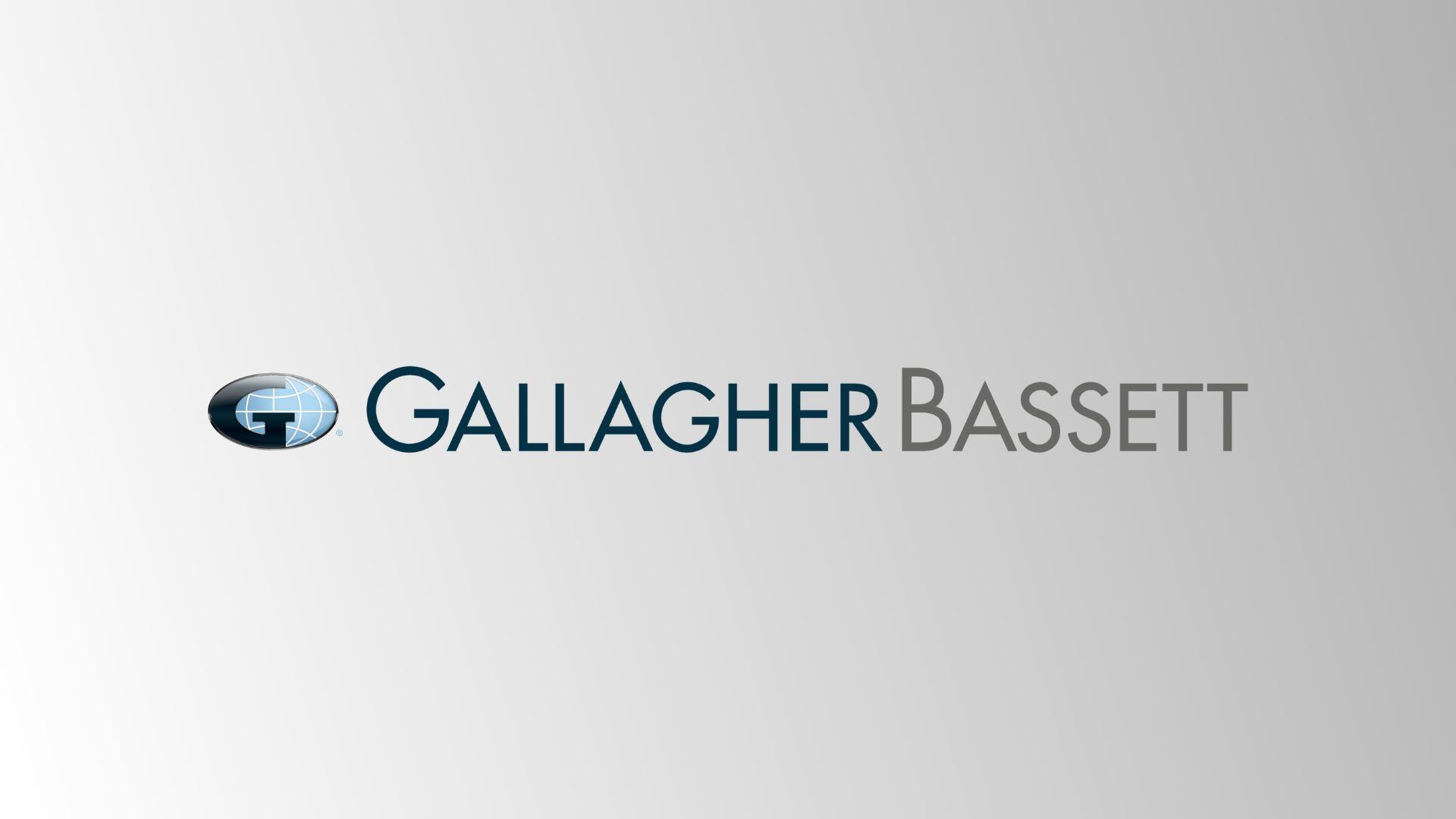Maintaining customer satisfaction in catastrophic weather events

The Financial Ombudsman Service (FOS) has suggested there has been a large number of claim disputes lodged following Tropical Cyclone Debbie, which struck the Queensland coast near Airlie Beach on 28th March 2017 and travelled down the east coast leaving a trail of storm and flood damage in its wake.
For those of us in the claims industry, especially those specialising in catastrophe event response, we are constantly looking for ways to improve the customer experience at a time of crisis. However, when you consider the scale of these events (Debbie caused almost 75,000 claims with losses approaching $1.7 Billion[1]) the stress placed on the insurance system is significant.
All Insurers subscribing to the 2014 General Insurance Code of Practice commit to respond to catastrophes in an efficient, professional and practical way, and in a compassionate manner.
In the majority of cases, most Insurers fulfil this commitment. However, major weather and catastrophic events test even the most experienced claim teams.
Insurance is a product that many people invest in hoping that they will never need to call on that security.
When wide-scale damage occurs, it becomes the first time that many policyholders face the need to claim.
There is always an elevated level of anxiety associated with peak claim events due to:
- The localised disruption
- The loss or damage to the customer’s personal possessions and assets
- An unknown claims process, which can seem complicated to the first-time claimant
- Often a shortage of builders, repairers and necessary materials causing delays.
Experience has demonstrated to us that the Claims Consultant can be handling a powder keg of emotion and frustration from the first moment the claim hits their screen.
So how do we try to give the claimant the best possible customer experience available?
Without oversimplifying what is a complex problem of many factors, it is about claims triage, expectation setting, efficiency of process, and frequent communication.
Whether the resolution of the claim involves the settlement of cash, replacement of items or the repair of property, the importance of the claims professional’s role cannot be overstated.
The speed of response and streamlined manner in which this disruption can be lessened, by the proactive management of the customer’s claim, has a flow on effect to all parties involved in the claims process. Timely attendance by Adjusters and Repairers is critical, as are commitments made regarding the repair and resolution of the damage and claim.
It is vital that the Claims Consultant puts the customer at ease at the initial point of contact. An explanation of the claims process and overview of the steps involved in assessing and resolving the claim is essential.
Customers will generally appreciate that the assessment and repair process takes time, and their expectations can be managed where the relevant steps throughout the claims process are clearly explained.
Similarly, a timely explanation of the customer’s entitlement under the policy and the steps they must take regarding proof of ownership, quotations, etc. can save difficult conversations at a later stage, when frustrations regarding delays increase.
Once the initial contact with the customer is made, the adoption of a ‘case managed’ approach to complex catastrophe claims has a significant impact on the customer service experience.
A common frustration raised by customers is that they have to repeat the circumstances of their claim to multiple Claims Consultants who may be involved with their claim from time to time. The retention of a personal association with the customer cannot be overstated.
In today’s demand for immediate response and action, however, where competitive tension is high, focusing on satisfying high customer expectations has never been so important. Get it right and you will have happy and loyal customers and a great brand. Get it wrong and fail to focus on escalating customer expectations, and the wave of escalated complaints will increase.
Once the wave of calls, emails and complaints gains momentum, it becomes a vicious cycle leading to unwanted disputes, media exposure and increased customer attrition.
Author

